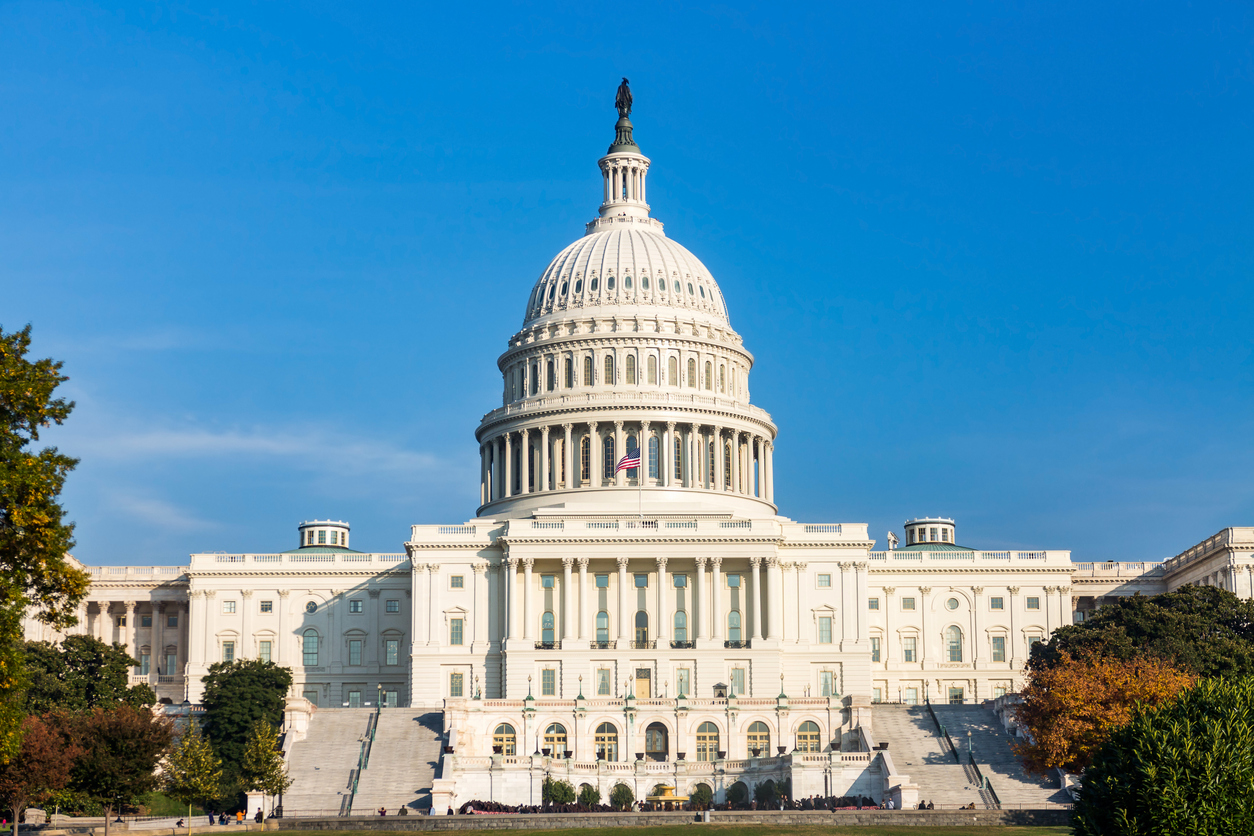As discussions in Washington over federal spending continue, the potential for a government shutdown is growing. Such a shutdown would probably have a modest effect on the economy, which may also make a sustained impasse over spending more likely, according to Goldman Sachs Research.
“Unlike the debt limit, where Congress reached a deal because the potential hit to the economy from an impasse would have been so severe, a shutdown would be much more manageable from a macroeconomic perspective,” Goldman Sachs Chief U.S. Political Economist Alec Phillips writes in the team’s report. “However, compared to the debt limit, the less severe economic effect of a shutdown also makes it more likely that Congress fails to act in time.”
A government-wide shutdown would directly reduce growth by around 0.15 percentage point for each week it lasted, or about 0.2 percentage point per week once private sector effects were included, and growth would rise by the same cumulative amount in the quarter following reopening, Phillips writes. While federal spending is equal to almost a quarter of gross domestic product, the impact of a shutdown is much smaller, for four reasons:
- Only discretionary spending would be affected, about a quarter of federal outlays, because mandatory spending (on programs like Medicare and Social Security) runs automatically subject to rules Congress has established.
- Only departments that Congress has not funded would shut down; while none of the dozen standard appropriations bills have passed to date, prolonged shutdowns have typically spared agencies such as the Department of Defense.
- Shutdowns primarily affect the work of federal employees (federal pay amounts to roughly 2 percent of GDP), with little impact on investment or purchases of goods and services.
- The majority of federal employees, roughly 65 percent, would continue working during a shutdown because the services they provide are likely to be deemed essential.
“Over the years, there have been many near misses and more false alarms than actual shutdowns,” Phillips writes. “That said, the ingredients for a shutdown — a thin House majority, a dispute on spending levels, and potential complications from various political issues — are present.”
Click here for more from the report.

 Headlines2 weeks ago
Headlines2 weeks ago
 Headlines2 weeks ago
Headlines2 weeks ago
 Headlines2 weeks ago
Headlines2 weeks ago
 Shop! Press Releases2 weeks ago
Shop! Press Releases2 weeks ago
 Headlines2 weeks ago
Headlines2 weeks ago
 Headlines6 days ago
Headlines6 days ago
 Shop! Press Releases2 weeks ago
Shop! Press Releases2 weeks ago
 Headlines2 weeks ago
Headlines2 weeks ago












